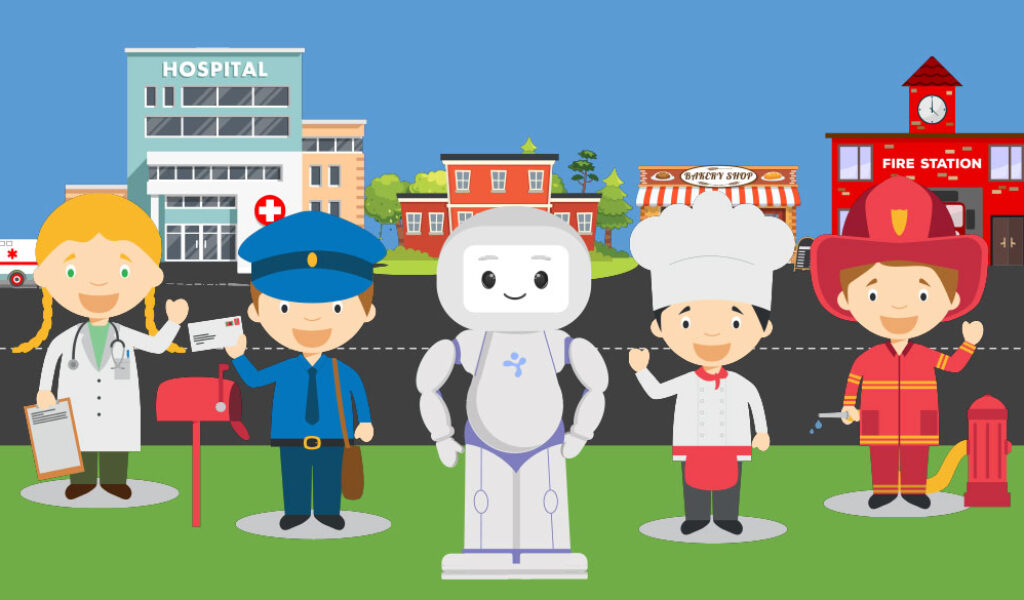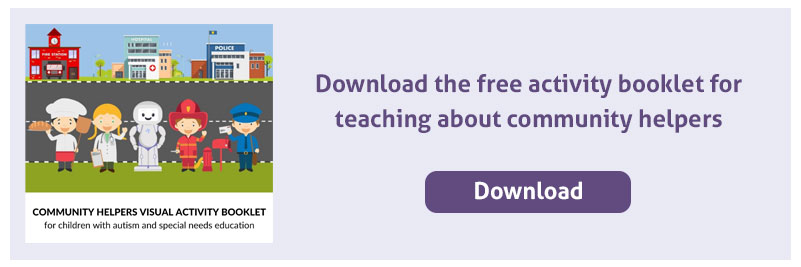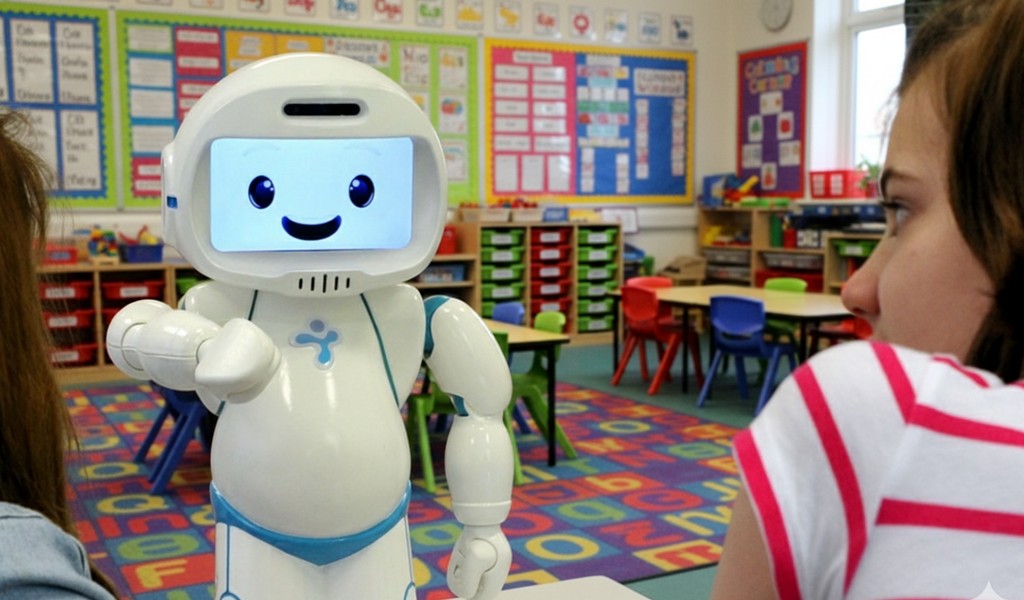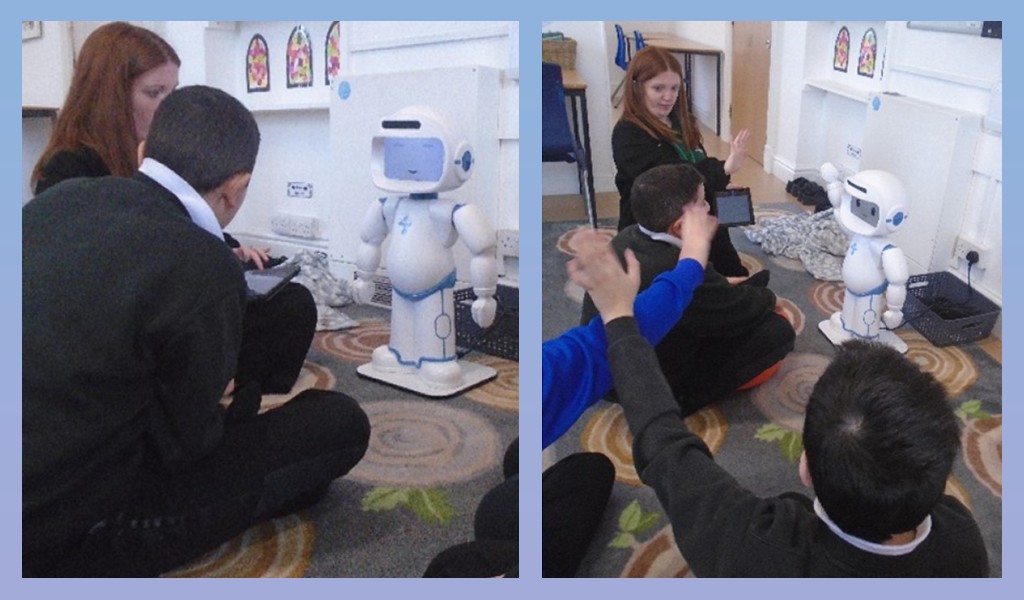It is important for all school-age children to know about community helpers, their roles and how they help in various emergencies or situations. Also, children need to have an idea about how to interact with each of the workers, so they are prepared to get help from them.
In this blog post we show you some fun ideas you can use to learn about community workers. We also give some simple ways to help you and your child plan in advance for times they may need to ask for help in the community. For instance, children can easily get separated from parents in a shopping center. It can greatly reduce the risk and anxiety if the child knows how to get help from someone in the appropriate uniform working there.
Why proactively teach about community helpers to children with autism?
For children with autism spectrum disorder, it is critical to teach about community workers, in a structured way, helping them to develop social awareness about people working in different jobs. Also, for many autistic children, interacting with people, when they don’t know what to expect can cause anxiety and meltdowns. That’s why parents of autistic children often have a lot of trouble when they are taking their child to a dentist’s surgery or a doctor’s appointment.
By proactively teaching about community helpers, we can help children with autism to extend their vocabulary and understanding of the jobs, help them to get informed about the roles of people and when they can be called for help. Furthermore, we can help children to be prepared for having interactions with the people they need to talk to at a certain point. This can greatly reduce their anxiety and positively impact their autonomy and independent living skills when growing up.
Learning about community helpers is also important as a prompt to obey the rules and respect authority in society. For example, by knowing a police officer and their role, children will be prompted to respect the traffic rules and stay safe when commuting in the city. Or if they know about the recycling workers, it is easier for them to follow the recycling steps at home and at school.
When to start teaching about the community helpers?
Children of school age often have the chance to meet new people in the community and they should know people such as teachers, bus drivers, and the staff who run their after-school events. It’s also important that a child knows important uniformed people such as police officers, security guards, and store assistants, so they can ask for help if they ever get lost.
For many children, we can start teaching about the community helpers from a very young age by just pointing out people in the society and explaining about their names, roles, uniforms, special vehicles and more.
However, when it comes to children with autism and special needs education, we need to make sure children are developmentally at a level that they have enough joint attention and receptive language. That way, as a parent, you can point out people, talk about their names and roles while the child understands.
In teaching children with autism or other developmental delays about community helpers, it is always helpful to ensure the lesson is well suited to the child’s age and ability.
How to start teaching about the community helpers?
Let’s start from the basics! Our first goal when teaching children about community helpers is to help them learn their names, the name of their workplace and, for many workers, the name of their vehicles and tools. Then when the child knows the initial vocabulary, we can work on connecting the dots, and giving the child a bigger picture that shows the role of each person in the community. And finally, we can benefit from storytelling, role play, pretend play and observative visits to hep children not only develop awareness about each job and when they can help, but also know what the interaction would look like and feel prepared to meet a helper.
For teaching about the community helpers here are 7 simple steps, you can use at home or at school to practice about jobs in a structured and age-appropriate manner:
Step 1: Practice identifying and labeling workers, buildings and vehicles
The first step is to make sure children can recognize workers and know them by their names. To ensure this:
- We can point out people, buildings and vehicles when we are out and about: each day we may have numerous opportunities to show people, buildings and vehicles to our children. Going to a supermarket, bakery, toy shop, mechanic, etc. is a great opportunity to name people in their own work space. Also while using public transport, we have the chance to introduce bus drivers, taxi drivers, etc. It is important to make sure we tell their names clearly and point to them, so our child knows who we are talking about.
- We can play interactive and fun games when we are out: There are many games such as “I spy with my little eye.. “ that can be used for finding and naming community helpers, buildings and vehicles. By playing this game, we trigger social curiosity and transforming paying attention to the environment to a game. We can say: “I spy, with my little eye, a police officer” and then ask the child to find the police officer in the street. Or we can use the same game as an expressive one, asking our child to finish the sentence by naming a worker or vehicle or tool they see when outside.
- We can use picture cards and visuals to practice identifying and naming at home: One of the great ways to practice the community helpers is to use visual cards, asking children to point to the picture of a helper when you name them. When they learn to identify them, you can show them a card and ask them to name the worker shown. Note: If the child is non-verbal or minimally verbal, they can still practice naming the workers by using their PECS or AAC devices. For teaching about workers with uniforms, just pay attention that the picture you choose has the similar uniform as the ones used at your community.
Here you can download an activity booklet with some cute visuals for teaching identification and labelling community helpers:

Key points for practicing identification and labelling:
- Make learning fun! Similar to any kind of teaching, when children enjoy the activity, they learn more effectively.
- Start with a very few workers or vehicles that are more familiar for your child or from the ones they have a higher chance to meet.
- Practice these few workers until your child knows them well and then gradually add more.
- Don’t forget to encourage them when they recognize or name correctly. They need to enjoy the games and your positive feedback tells them that they are giving a correct answer.
If they don’t know the names or they cannot identify when you name something, try to help them calmly. You can say the name and point to the worker or their picture.
Step 2: Practice matching workers with their tools, vehicles and work places
One of the steps that can help children to have a better understanding about the jobs is to help them draw connections between the workers and their tools, workplace and vehicles. You can ask your child to put the worker pictures together with their tools or vehicles.
Here are some materials for practicing matching community helpers with their belongings:
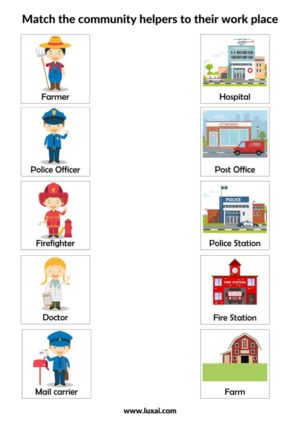
Step 3: Practice identifying and naming workers based on their roles
When a child has learned the vocabulary of the helpers, their tools and workplaces, and can connect this vocabulary together, now it’s the time to focus on helping them to better understand their tasks and learn about the situations that each worker has a role to play. You can use the activities below to help children get familiar with the community helpers’ roles:
- Use stories about workers depicting a scenario: There are many children books or social stories that can help us to show case a scenario that a worker plays a role in. For example, telling a story about a person who is sick and needs to go the hospital and visit a doctor, or a place that is on fire and a firefighter comes to put of the fire can help children to connect the vocabulary of workers, locations and tools to their role.
- Use visual task cards with scenarios and WH questions: There are many visual cards that are designed to support children with autism and special needs education to learn about jobs. You can read the task card and answer your child to respond to them receptively by choosing a picture or expressively by naming a helper, building, tool or vehicle.

Step 4: Practice categorizing community helpers based on their role in helping us
Sometimes it is helpful for autistic children to be able to categorize various pieces of information. It can help them to learn new skills and access the learnt information better. We can help them to categorize community helpers to people who help us to stay healthy, stay safe, travel around and people who help us to get food.
Step 5: Use social stories for explaining the steps and rules for a shopping trip, visiting a doctor, a dentist or a hairdresser
Social stories are a great tool for creating social awareness about a situation and giving a step-by-step guide for children in terms of how to react to various situations. Using a social story and visualization of how the process of a doctor’s visit or a dental appointment may look like can help children to get prepared and can reduce their anxiety and chance of becoming overwhelmed by the unfamiliar situations.
Step 6: Play role play and pretend play to help children to get prepared for meeting workers
Pretend play is an engaging and fun game that can help children to get prepared for real life social situations. It helps them to know what to expect from a social interaction and now what steps are involved in performing an action in the society. It is also a great tool to reduce children’s social anxiety that is caused by dealing with unknowns.
Here are some examples of role plays you can do at home or at school:
- Use dolls, stuffed animals and a toy doctor’s medical kit for practicing a doctor’s visit: Pretend that the dolls are sick and they are waiting for the doctor to visit them. Demonstrate to your child how to be a doctor and then ask them to pretend to be a doctor. Show the dolls waiting calmly, coming to visit the doctor one by one, doctor using tools to examine them and them pretend to give medicine to them, so they can feel better.
- Take turns in pretending to be a dentist: Use a plastic dental mirror and a toothbrush for pretending to be a dentist. Show the steps to your child and take turns in playing the role of the patient and the dentist. Allow them to check your teeth with the mirror and then ask them to open their mouth so you can check their teeth too. You can also wear a mask and gloves to make the pretend play more realistic.
- Use a water spray and various combs and brushes for pretending to be a hairdresser: Same as the two games before, you and your child can do role play, pretending to being each other’s client.
- Use toys and food items as objects for sale: Practice a mockup shopping trip by putting toys around the house, visiting different places and picking up some toys or food items to buy. Then take turn to play the role of the cashier and pretend you are paying for the items you have picked.
- Role play getting lost in a supermarket or a park:
Step 7: Use visual schedules to prepare children for visiting doctors, dentists or hairdressers
For many autistic children, visual schedules are the go-to solution for preparing them for a social situation. Knowing the steps and what going to happen in each step can help them to be mentally more prepared and can greatly reduce their anxiety and potential for an emotional outburst or meltdown.
QTrobot community helpers curriculum for children with autism and special needs education
The QTrobot Community Helpers Curriculum is designed to help children to learn new vocabulary about the jobs, community buildings and vehicles in their community. This helps to develop social awareness about the situations in which they may meet a worker. Also, it provides some opportunity to practice the situations they may need help from a worker, getting them ready and prepared to interact with one.
The goal the Community Helpers Curriculum is to help learners find out how to:
- Recognize and name key workers, vehicles and buildings
- Match workers to the appropriate vehicles, workplaces and tools
- Categorize workers by their general roles in society
- Decide the appropriate worker for a given situation
- Interact with helpers in various situations such as a doctor’s or a dentist’s appointment
The QTrobot Community Helpers Curriculum is developed based on the concept of learning through play, helping children to learn while playing games with QTrobot. This Curriculum uses a variety of game formats across its five levels to allow children of all levels of language to participate.
In the early levels, simple matching and identification formats are used, and these become more advanced as the games continue. Some sample game formats include:
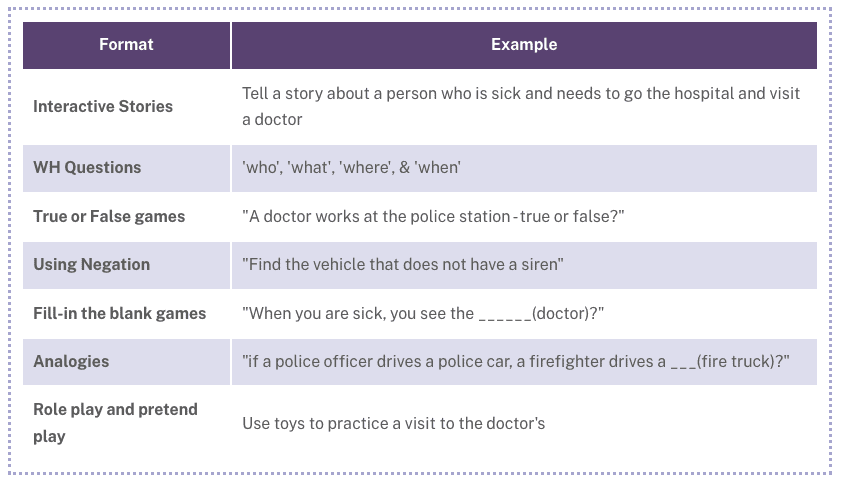
The teaching method in the units relies on Evidence Based Practices to ensure children learn skills quickly and accurately. The evidence-based methods used in this curriculum covers prompting, reinforcement, error correction, visual support, video modeling and modeling the behaviors by the robot and the human partner in the session.
Who can benefit from QTrobot curriculum for teaching community helpers?
The Community Helpers Curriculum is a comprehensive practice tool allowing children to learn various skills from basic recognition and labeling to advanced skills such as answering why questions and making a conversation. Therefore, many children across different age groups and levels of language and cognitive development may benefit from all or some of the levels.
Generally, we recommend the curriculum for learners who are in the pre-school or school age as they have the chance to meet real community helpers. In this way, after working with QTrobot and learning about the workers, they will have the chance to meet and interact with the workers in real life and generalize the skills they learn from QTrobot to their day-to-day life.
This curriculum is designed to meet the unique educational needs of children with autism spectrum disorder and special needs education and can be used with any child.
